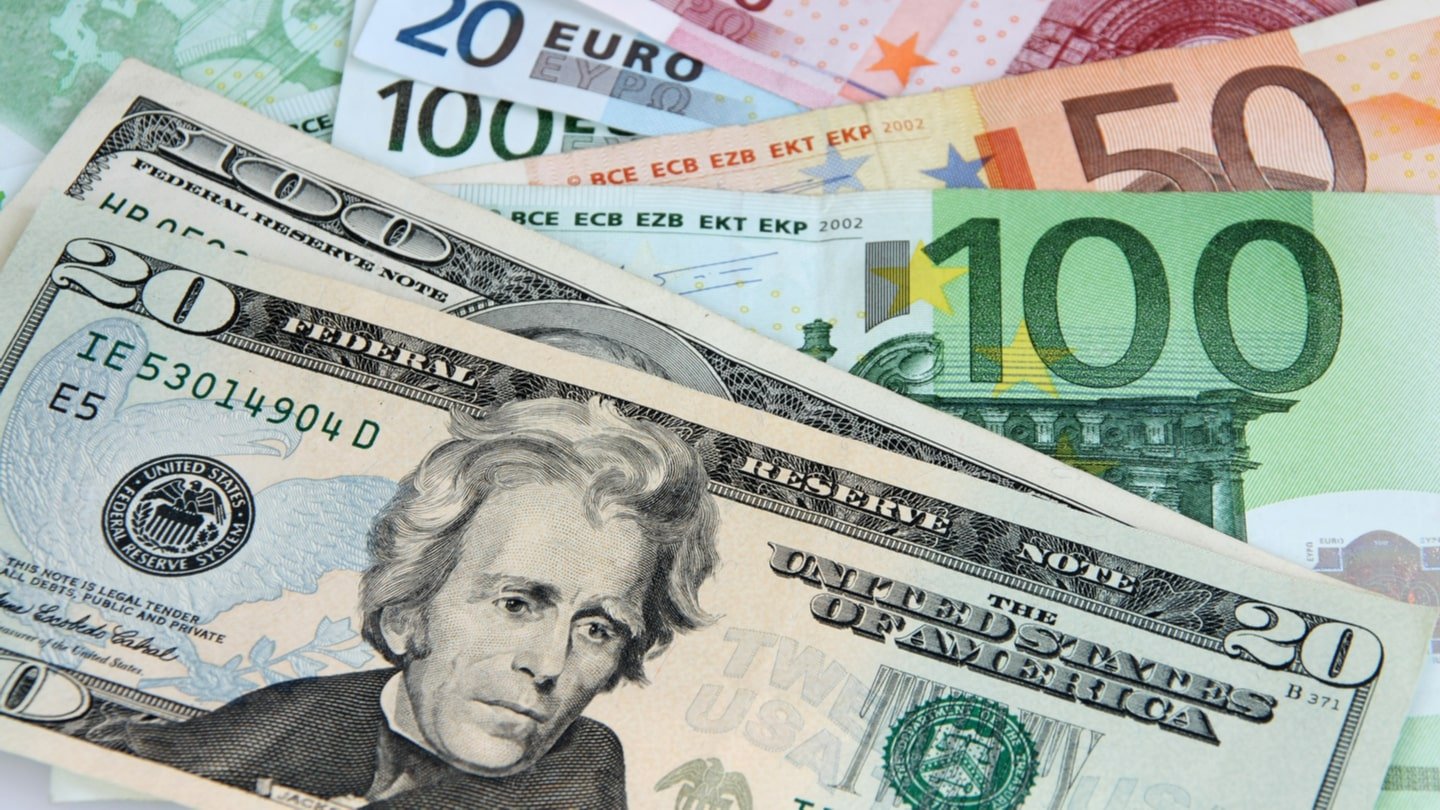GBP/USD Remains Firm Near Multi-Month Highs Amid Fed-BoE Policy Divergence and USD Caution
The GBP/USD currency pair remains firm near multi-month highs around the mid-1.2900s, resolute in the face of a modest appreciation in the US Dollar. Though the Greenback does get some help from safe-haven flows due to geopolitical tensions and uncertainty over US trade policy, the contrasting monetary policy direction between the Federal Reserve and the Bank of England supports the British Pound. As the Fed is likely to reduce rates several times this year and the BoE is hinting at a more dovish stance, the broad inclination for GBP/USD is skewed to the higher side. Lacking any significant economic data releases, price action will probably remain range-bound, although any retracement may offer buying chances, leaving the pair on course to record a third straight weekly gain. KEY LOOKOUTS • Still holding firm above the mid-1.2900s despite intraday volatility, the pair remains near the multi-month high at over 1.3000 recorded on Thursday. • The Bank of England’s dovish approach to rate cuts is in contrast to the Fed’s expected easing, providing sustained support to the Pound. • The Greenback makes minor gains from multi-month lows on the back of geopolitical tensions and uncertainties over trade tariffs, but upside is still capped. • Without any significant economic releases on Friday, GBP/USD is likely to be guided by USD dynamics and overall market sentiment, leaving the pair skewed to the upside. The GBP/USD pair remains stuck close to multi-month highs, stabilizing above the 1.2950 mark and within touching distance of the psychological level of 1.3000 touched on Thursday. The action of the pair is still heavily dictated by varying monetary policy expectations between the Bank of England and the Federal Reserve. While the Fed has stuck to its rate cut forecast for 2025 and upgraded its inflation forecast, the BoE has been more conservative, indicating reduced rate cuts in the future. This policy divergence supports the British Pound, although a modest rebound in the US Dollar — fueled by geopolitical tensions and trade tariff uncertainty — limits the upside. With minimal economic data on the calendar, the emphasis is on general market sentiment and USD dynamics, which maintains the path of least resistance slightly favorable for the bulls. GBP/USD remains steady above 1.2950, within striking distance of the multi-month high around 1.3000 in the face of diverging Fed-BoE policy expectations. Although a marginal USD recovery caps upside, the Pound finds support in bets for delayed BoE rate cuts. Lacking in major data releases, USD motion and sentiment will shape short-term direction. • GBP/USD consolidates above 1.2950, remaining near the multi-month high breached above 1.3000 yesterday. • Failure of distinct intraday direction, with the pair ranging narrowly in and about the 1.2960 area in the Asian session. • Limited USD reversal from multi-month lows serves as short-term cap on additional GBP/USD upside. • Fed leaves rate cut forecasts in 2025 unchanged, but inflation fears and uncertainty on trade tariffs provide support to the US Dollar. • BoE indicates a reduced rate cut pace, providing relative strength to the British Pound in the face of differing monetary policies. • No significant economic data releases from the UK or US on Friday, maintaining attention on general sentiment and USD dynamics. • GBP/USD set for a third straight weekly gain, with any pullbacks expected to be viewed as buying opportunities by traders. The GBP/USD currency pair remains a mirror of the general macroeconomic climate influenced by divergent central bank policy and sentiment globally. The Bank of England’s conservative approach to rate cuts, coupled with its revision of inflation expectations higher, indicates a more hawkish stance relative to other major central banks. This has given the British Pound a sense of underlying support, particularly as the market readjusts around monetary easing timelines. Conversely, the Federal Reserve’s consistent prediction of rate cuts for 2025, supported by increasing US trade uncertainty and inflation worries, introduces a degree of complication into the wider outlook. GBP/USD Daily Price Chart Chart Source: TradingView Moreover, the lack of significant economic data releases has led the market to focus more on sentiment-driven influences and policy divergence themes. Investors are also carefully observing the international geopolitical environment, particularly possible trade policy shifts in the US, which will impact currency markets more broadly. Under such conditions, investor interest is focused on how central banks react to inflation trends and economic events in the future. TECHNICAL ANALYSIS GBP/USD remains stuck in a consolidative range following a recent probe of the pivotal psychological resistance at the 1.3000 level. The pair remains supported above the 1.2950 level, reflecting underlying bulls, with buying interest evident on minor declines. A break and hold above 1.3000 would make way for more upside in the near term, while any retracement might encounter initial support near the 1.2900-1.2920 range. The broader direction is still positive as long as the pair is above key moving averages and has higher lows on the chart. FORECAST As long as bullish sentiment prevails and the Pound is upheld by the Bank of England’s relatively hawkish policy, GBP/USD may target a firm breakout above the psychological 1.3000 level. A continued break above this hurdle could initiate new buying interest, driving the pair towards the next resistance levels of 1.3050 and 1.3100 in the near term. Favorable UK economic news over the next few weeks or any indication of a delay in the Fed’s rate-cut schedule could further boost the upside momentum. Conversely, if the US Dollar strengthens further on safe-haven demand or better-than-expected US data, then GBP/USD can face pressure. A break below the 1.2950 support level may result in a correction lower with the next significant support at 1.2900 followed by 1.2840. Any dovish hint from the BoE or change in global risk appetite may boost downhill movement and leave bulls on the defensive in the near term.





